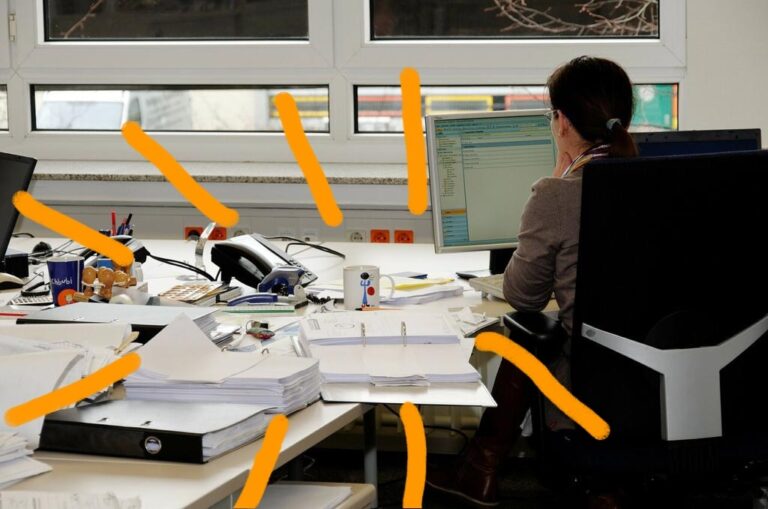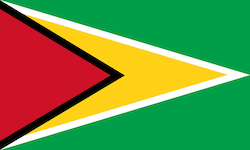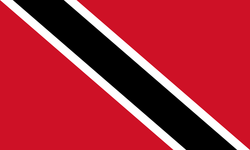Are your work wardrobe choices reflecting the qualities that employers are looking for or are they ruining your chances before you have had a chance to prove your capabilities at a job? Your clothing and grooming can say a lot about you. What is your look saying? If you’re not sure, do not take chances assuming that others will have the same sense of style or understanding of propriety as you do. Although much of what we wear is determined by cultural, fashion and generational factors, good grooming never goes out of style and you never know who you will encounter in the interview. Generally, a good rule of thumb is that when in doubt, err on the side of conservative.
Ensuring that you are well-groomed and dressed appropriately and professionally is not difficult or expensive. However it requires an objective and thorough self-assessment that examines, not just at the overall picture but also at its individual components.
Here are a few guidelines to help you make the right first impression from head to toe:
HEAD
- Hair – You got a Mohawk on a dare. You think it’s 2018 and modern attitudes allow for the acceptance of less conservative hairstyles. BUT what may be acceptable by one person might be considered inappropriate by another. Get a haircut.
Outlandish hair colours are also a no-no and could be considered too distracting.
Unkept hair reflects poorly on a person’s hygiene.
Facial hair on men should be neatly groomed.
Headwear, hats, caps unless doctor recommended should be completely avoided.
- Makeup – Keep it simple and natural-looking. Less is more. Trendy blue, green or black lipstick is distracting. If you’re inexperienced at makeup application skip it altogether. Now is not the time to experiment.
- Jewelry – Again, simple, understated and minimal is the way to go. A watch, stud earrings (or earrings that are no bigger than an inch, with no words or messages (“FREAK”), no chunky bracelets or multitude of noisy bangles) are recommended. If you have unusual piercings (i.e. in places other than ears and nose or with unusual attention-grabbing jewelry (read: distracting) remove them for the interview if possible. Similarly necklaces should be of a discreet size. Keep rings to a minimum.
TO(rso)
- Clothing – While not everyone can afford to be dressed in the best, highest quality clothing, and a suit isn’t necessarily required depending on the industry and the level of the position being sought, interview clothing should ideally be well-tailored (in conservative sober colours – black, grey, navy, or brown) and at a minimum it should be neat and tidy.
You do not want anything to distract the interviewer from the focus which is you and your competence. Avoid loud colours and prints and instead opt for sober, solid colours. Black covers a multitude of occasions – when in doubt wear black.
Ladies – modest, conservative dress is key. Skirts and dresses should ideally be no shorter than knee length (give or take 2 inches) while standing so that thighs are not exposed when seated (you might be able to get away with a shorter skirt if you wear pantyhose). Slits should be centre back of the skirt as opposed to in the front to facilitate a view of your legs, and never tight or form-fitting. No shimmery fabric (sequins are for parties). No cleavage (refer to point about distracting). A good rule of thumb is no extremes of style and colour. Sleeveless is still generally frowned upon because everyone is a different shape and you just don’t know what will peak through.
Men – Shirts should be tucked into pants. Clothing should be ironed. No hiring manager wants to interview someone who looks as though they ‘woke up like this’. While a jacket and tie may not be required a shirt and tie is a good, polished look. When in doubt wear the tie.
TOE
- Shoes should be clean and not casual – no athletic shoes or sandals. For the most conservative look toes should be covered although for ladies a peep-toe (not to be confused with open-toe) may be acceptable. Don’t go crazy with the heels.
Once you’ve aced the interview and secured the job, you can use those early weeks to observe your colleagues and gauge the office culture to determine what modes of dress may and may not be acceptable. Then and only then, can you allow your unique sense of style to shine through.






